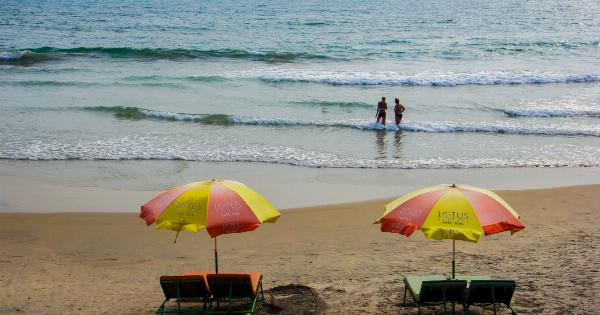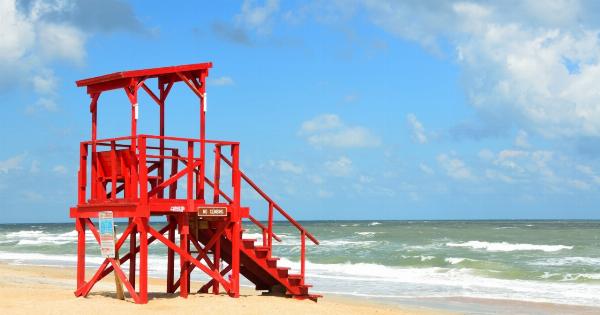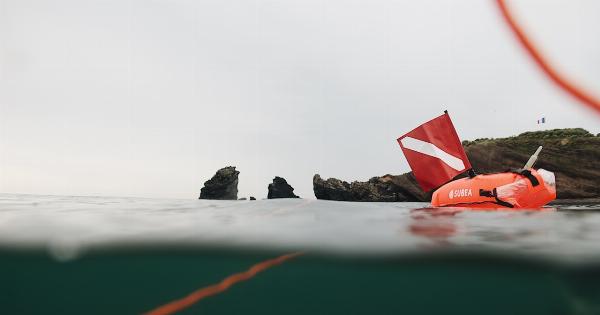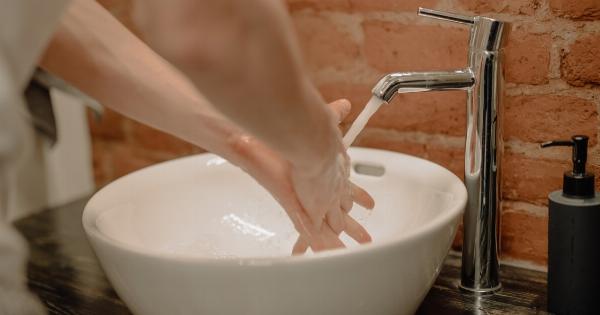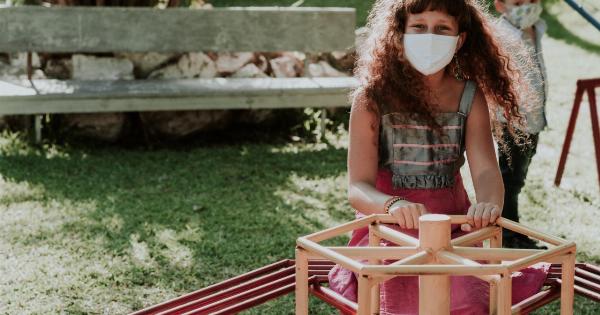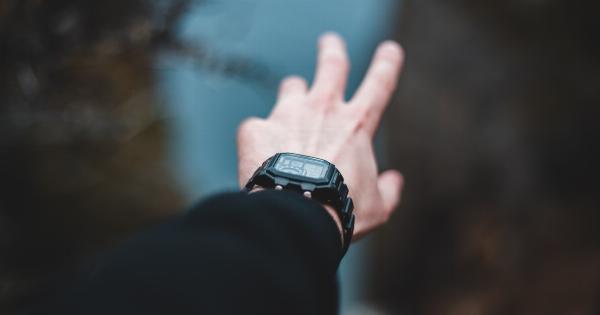Water activities can provide endless fun and entertainment for children, but it’s crucial for parents to prioritize their child’s safety when near any body of water.
Drowning is one of the leading causes of unintentional death among children, making water safety education a vital aspect of parenting. By implementing a few essential water safety tips, parents can ensure their children’s safety and prevent any unfortunate incidents. Here are some important measures every parent should take to promote water safety:.
1. Supervise at All Times
Never leave your child unattended near water, regardless of their age or swimming ability. Young children, in particular, can drown in as little as an inch of water.
Whether it’s a backyard pool, a bathtub, a pond, or the beach, constant supervision is key to preventing accidents.
2. Learn CPR
Being equipped with CPR (Cardiopulmonary Resuscitation) skills can be a lifesaver in emergencies. Knowing how to perform CPR on your child can help stabilize their condition while waiting for medical professionals to arrive.
Consider taking a CPR course specifically tailored for infants and children.
3. Teach Swimming Basics
Enrolling your child in swimming lessons at an early age is an excellent way to instill water confidence and teach essential swimming skills.
However, even if your child is a proficient swimmer, they should never be left unsupervised or allowed to swim alone.
4. Encourage the Use of Life Jackets
Whenever your child is boating, kayaking, or participating in any water sport or activity, ensure they wear an appropriate-sized and Coast Guard-approved life jacket.
Life jackets can save lives, especially if your child unexpectedly falls into the water or encounters rough currents.
5. Secure Your Pool
If you have a pool at home, implement necessary safety measures, such as installing a fence with a self-latching gate to prevent unsupervised access. Consider using pool covers and alarms to further enhance pool safety.
Remember that children can move quickly and have a knack for finding ways to reach the water, so extra precautions are essential.
6. Be Mindful of Drain Hazards
Talk to your children about the potential dangers of pool and hot tub drains. Make sure they understand the risks of getting too close to these drains, as strong suction can cause entrapment and lead to drowning.
Additionally, ensure your pool’s drains are compliant with safety standards.
7. Educate Your Child about Water Safety Rules
Create and enforce a set of water safety rules that your child must follow. Emphasize the importance of not diving in shallow waters, never swimming alone, and always seeking adult supervision.
Encouraging responsible behavior around water will help minimize the risk of accidents.
8. Be Prepared for Emergencies
Keep rescue equipment near the pool, such as a shepherd’s hook or a life ring, to quickly retrieve a child in distress. Have emergency phone numbers easily accessible, and make sure to teach your child how to dial for help if necessary.
9. Stay Vigilant at the Beach
When visiting the beach, be aware of potential hazards such as strong currents and undertows. Only swim in designated areas with lifeguards present.
Teach your child about these dangers and ensure they follow the instructions and warnings of the lifeguards.
10. Lead by Example
Children learn by observing their parents’ behavior, so make sure to display safe water habits yourself. Use life jackets when appropriate, follow pool rules, and never engage in reckless behavior when near water.
Being a role model for water safety will reinforce the importance of these practices to your child.









